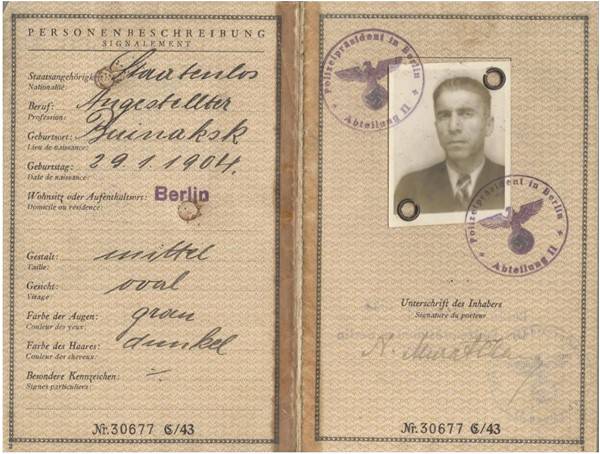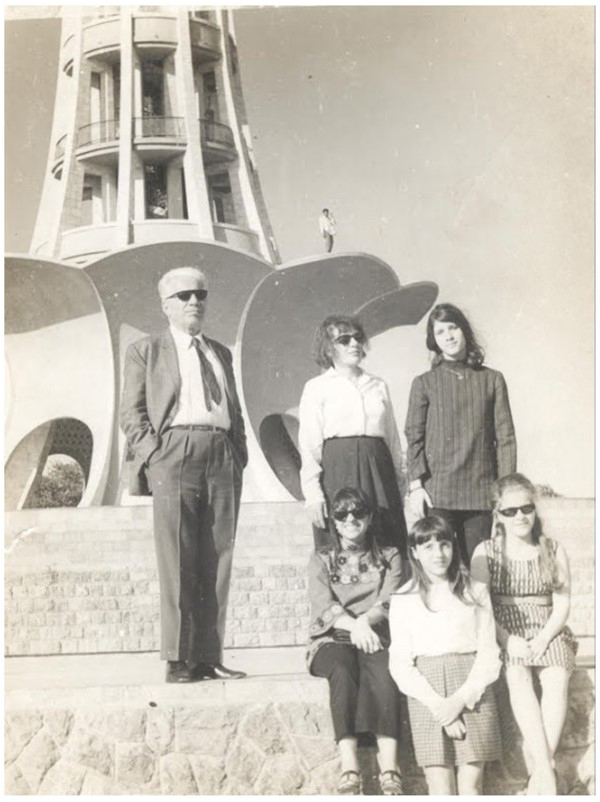
Nasreddin Murat-Khan TI was a Russian-born Pakistani architect and civil engineer. Born in Dagestan (then part of the Russian Empire), Nasreddin Murat-Khan made Pakistan his final home in 1950. He contributed to the field of engineering and architecture in the Russian Federation, Germany and then Pakistan. Among his many contributions are the Minar-e-Pakistan and the Gaddafi Stadium in Lahore. Minar-e-Pakistan was designed by him and he oversaw the construction free of charge.

He was a member of the Union of Soviet Architects of the USSR since 1937. This was before he had to flee to Germany in 1943 due to political unrest in Stavropol, where he was working. Murat-Khan ended up in a camp for displaced persons at Mittenwald, Germany operated by the United Nations Relief and Rehabilitation Administration. It is here that he met and married Hamida Akmut, a Turkish citizen of Pakistani and Austrian descent. The German Reich in Berlin issued him a foreigner’s pass. Since he was a refugee, this gave him an identity and freedom to move around.
As his wife Hamida Akmut’s father was an influential Pakistani, Dr Abdul Hafiz, Murat-Khan and his wife chose to move to Lahore with their two daughters. In the summer of 1950, they took the Caledonia ship to Karachi and reached Lahore by train in 1950.
(Source: The Citizens Archive of Pakistan)

He was a member of the Union of Soviet Architects of the USSR since 1937. This was before he had to flee to Germany in 1943 due to political unrest in Stavropol, where he was working. Murat-Khan ended up in a camp for displaced persons at Mittenwald, Germany operated by the United Nations Relief and Rehabilitation Administration. It is here that he met and married Hamida Akmut, a Turkish citizen of Pakistani and Austrian descent. The German Reich in Berlin issued him a foreigner’s pass. Since he was a refugee, this gave him an identity and freedom to move around.
As his wife Hamida Akmut’s father was an influential Pakistani, Dr Abdul Hafiz, Murat-Khan and his wife chose to move to Lahore with their two daughters. In the summer of 1950, they took the Caledonia ship to Karachi and reached Lahore by train in 1950.
(Source: The Citizens Archive of Pakistan)

